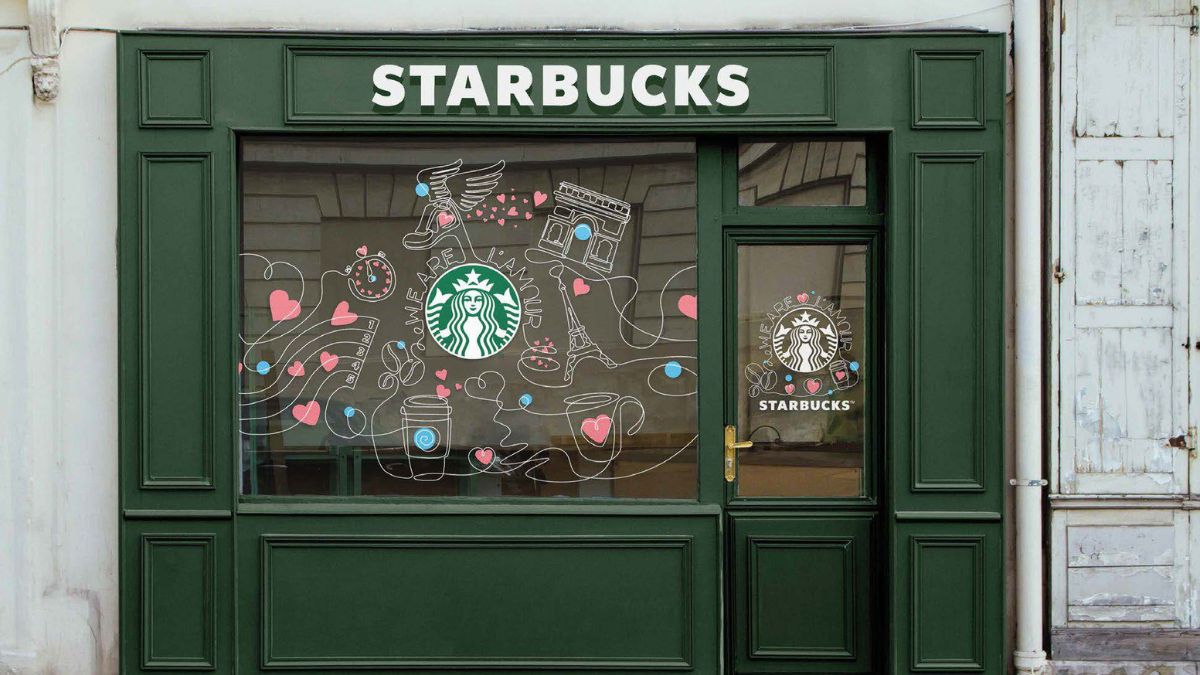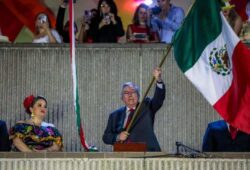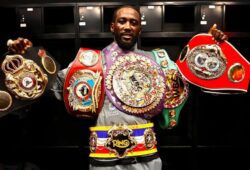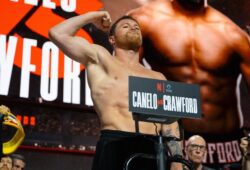
Starbucks, the world’s most famous coffeehouse chain, presented its financial results for the third fiscal quarter of 2025 with a key strategy: its new store format. Led by its CEO, Brian Niccol, the company has launched an ambitious transformation process under the motto “Back to Starbucks”, aiming to redefine the in-store experience and revive its global presence after several quarters of declining sales.
ALSO READ: Is Brian Niccol’s plan working at Starbucks? What the Q3 results say
What changes is Brian Niccol proposing for Starbucks coffeehouses?
During the post-earnings conference, Brian Niccol outlined his vision for the new phase of Starbucks, noting that the stores will evolve into spaces with “greater texture, warmth, and layered design.” Among the top priorities is restoring thousands of seats that were removed in recent years, a response to criticism over the decline in comfort at stores.
Niccol also revealed that at least 1,000 stores in North America will be renovated by the end of 2026, representing one of the brand’s most extensive updates in recent history.
ALSO READ: Starbucks builds new luxury office for CEO Brian Niccol
What will Starbucks’ new coffeehouse format look like?
One of the most notable announcements was the creation of a new low-cost store model, which Starbucks has internally called the “coffee house of the future.” This concept will feature:
- 32 available seats
- Drive-thru service
- Focus on operational efficiency
- First opening expected in 2026
Alongside this format, the company will also launch a small-format store version that will debut soon in New York City. The goal is clear: adapt to new consumer habits, reduce costs, and increase performance per square foot.
Back to Starbucks in its physical stores
Despite the rise of mobile orders and digitalization, Starbucks is strongly committed to its physical locations as emotional connection spaces with consumers. In Niccol’s words: “The goal has evolved from ‘Back to Starbucks’ to a more ambitious one: ‘Better Starbucks,’ where everyone can experience the best of the brand.”
The company will allocate over $500 million in additional labor hours for its more than 10,000 company-owned stores in the United States before the end of the summer, reinforcing staff to improve peak-hour service and reduce wait times.
What impact has the strategy had on Starbucks’ financial results?
During the third fiscal quarter of 2025, Starbucks reported revenues of $9.46 billion, exceeding the $9.31 billion estimated by analysts, reflecting stronger demand in China, menu changes, and investment in store operations.
However, global comparable store sales fell by 2%, marking the sixth consecutive quarterly decline. In its main market, North America, the drop was also 2%.
What is the new role of the menu and customer experience?
Under Brian Niccol’s leadership, Starbucks has begun implementing a series of operational changes in its stores:
- Simplified menu
- Freshly baked food
- Handwritten messages on cups
- Faster and more personalized service
These actions aim to revitalize the human connection in-store and provide a sense of warmth that, according to Niccol, had been lost in recent years.
What is Starbucks doing to compete in China?
In the Chinese market, comparable store sales rose by 2%, driven by promotions such as an average price cut of 5 yuan on cold drinks. This move responds to increasing competition from local brands like Luckin Coffee and Cotti Coffee, as well as a more frugal consumer.
In light of this, Starbucks is exploring strategic partnerships and joint ventures in China, a business that could be valued at up to $10 billion, according to recent reports. Company executives confirmed that there are more than 20 interested parties and that Starbucks aims to retain a significant stake.
What do analysts say about Starbucks’ future?
Following the results, at least 10 brokerages raised their price target on Starbucks shares (SBUX.O), which climbed 4.1% in pre-market trading. “It looks like the company plans to go on the offensive next year, once its new operating model is fully implemented,” Morgan Stanley analysts said, according to Reuters.
For BTIG, although the recovery “has taken longer than expected,” Niccol’s efforts are starting to pay off. “Once everything starts working, the impact will be significant and quite immediate,” noted analyst Peter Saleh.
Despite the optimism, the third-quarter earnings report also revealed less encouraging figures:
- Operating margin fell to 10.1%, down from 16.6% the previous year
- Starbucks reported adjusted earnings of 50 cents per share, below the expected 65 cents
- Part of the loss came from the “Leadership Experience” event held in Las Vegas, which gathered more than 14,000 store managers and concluded with a private Bruno Mars concert. Still, the company considers these expenses as necessary investments for internal cultural change.









